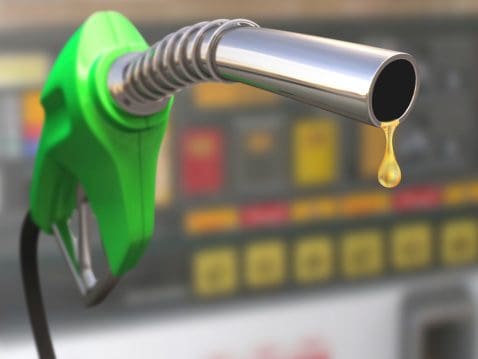When discussing oil reserve levels, many fail to recognize their significance. The word reserves resonate with a tremendous sense of calm and, in return, elicits a false sense of security, thinking that a stockpile of sorts will be available indefinity. Strategic Petroleum Reserve levels remain low and horrifying; they have toppled the record level lows of 1985, falling to 453.1 million barrels last week. This development surfaced in response to the White House initiating the flood of crude oil to counteract increased fuel prices and rising inflation woes.
Responding to the Russian invasion of Ukraine, President Biden informed the public he would introduce a million barrels of oil daily over six months to combat the energy costs spike. He then followed up with a 20 million barrel promise this past July. Seeking support, the US has tried persuading additional countries to join the efforts in releasing oil from their strategic reserves. The International Energy Agency later indicated other countries besides the US would wager another 60 million barrels to the equation.
While citizens experience a significant price fall at the pump, analysts recognize the strategic reserve release as a contributing factor. They, however, point more credit to the overwhelming fear of a global economic slowdown. The proof is evident at the pump with a drop from over $5 per gallon in June this year to a recent $3.89 per gallon. AAA said Brent crude carries a 20 percent decrease while WTI crude experienced a 24 percent.
“The combined international agreements will result in an estimated 260 million barrels of supply released to the global market by October,” said Thomas Feltmate, TD Economics Senior Economist, earlier this month. “Its impact on prices can’t be understated.”
Storage and Release
Introducing reserves to the market typically takes center stage when combatting high prices. The Department of Energy enters an auction and sells the crude oil to whoever offers the highest bid.
The Strategic Petroleum Reserve’s crude oil is housed in Louisiana and Texas. Large underground salt caverns populating four facilities between the two states house the nation’s crude reserves.
The Strategic Petroleum Reserve was created in response to the 1970 Arab oil embargo with the intent to be used in an emergency. It included 727 million barrels of crude oil in 2009, and approximately 20 million barrels succumbed to US consumption in 2021.
The Biden Directive
Although Biden touts the importance of reducing the carbon footprint, the nation is not ready to completely abandon fossil fuels. They remain significant, and their necessity is begrudgingly recognized. As a result, even clean energy promoters cannot avoid the effects of inflated gasoline prices, a massive catalyst in persuading President Biden to flood the market with reserves.
Biden has nearly depleted the supply with a reduction from 640 to 450 million barrels. The course is nothing new to domestic politics. Historically, the Strategic Petroleum Reserve benefits increase during Republican administrations while feeling the squeeze under Democratic political majorities.
Relief by easing the pull on the American taxpayer’s wallet is believed to influence political wins. President Clinton and Obama attempted to appease the American people by driving fuel prices down through a Strategic Petroleum Reserve release. On the other hand, President Trump only utilized 10 percent of the nation’s reserves during his presidential term.
Although President Biden has leaned heavily on reserve crude to battle inflation and a recovering economy, he announced an initiative to repay the Strategic Petroleum Reserve post-2023. Navigating dangerous waters, Biden might go unscathed from the scrutiny of the American people. Should a supply shortage surface, his plan will have backfired and led to disastrous consequences felt by all living in the Land of the Free.
Nick Vaccaro is a freelance writer and photographer. In addition to providing technical writing services, he is an HSE consultant in the oil and gas industry with twelve years of experience. Vaccaro also contributes to SHALE Oil and Gas Business Magazine, American Oil and Gas Investor, Oil and Gas Investor, Energies Magazine and Louisiana Sportsman Magazine. He has a BA in photojournalism from Loyola University and resides in the New Orleans area. Vaccaro can be reached at 985-966-0957 or nav@vaccarogroupllc.com.






